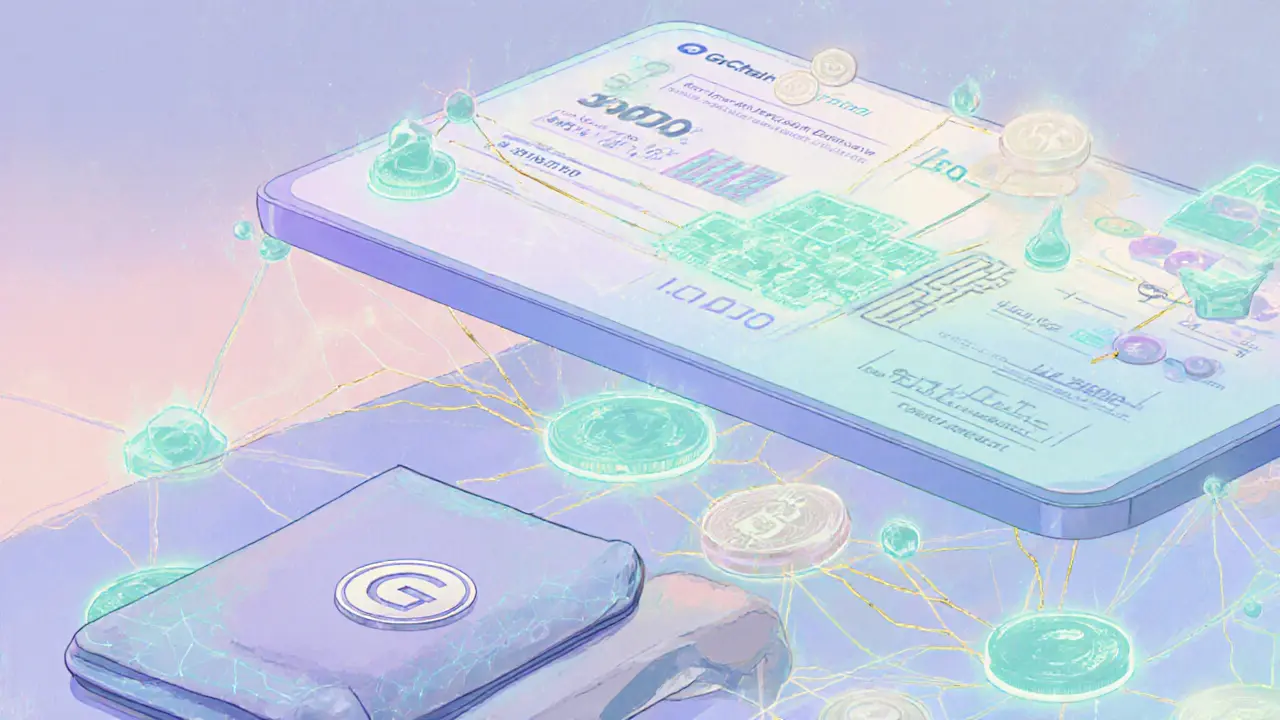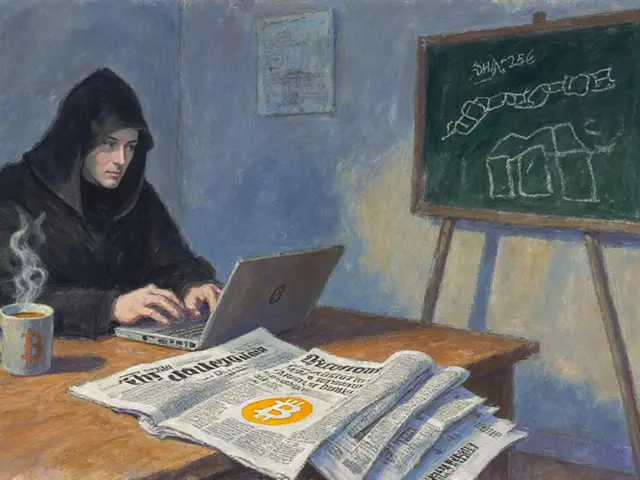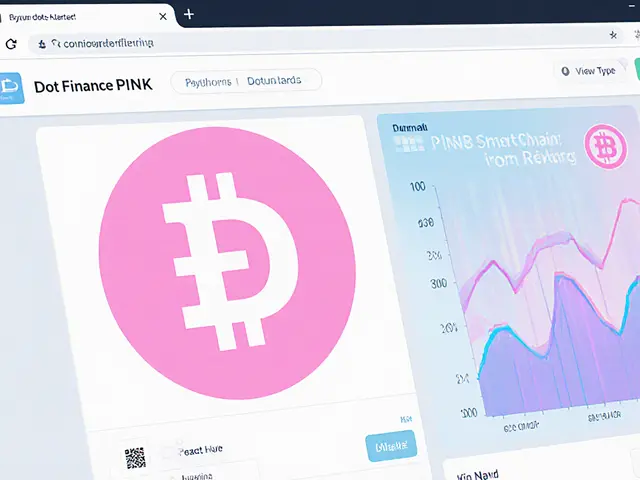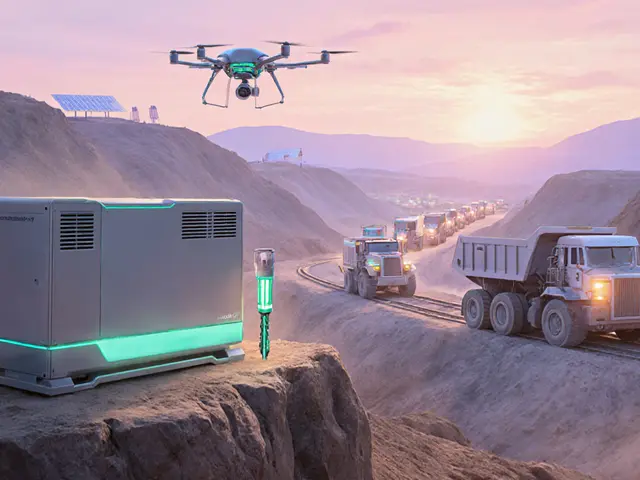GoChain Blockchain: Fast, Eco‑Friendly and Ethereum‑Compatible
When working with GoChain, a low‑fee, proof‑of‑authority network that runs the Ethereum Virtual Machine (EVM). Also known as GoChain Network, it offers fast finality and carbon‑neutral mining. If you’re hunting for a chain that can handle DeFi apps without the gas‑price roller coaster, GoChain is worth a look. It’s built for developers who already know Solidity, so they can deploy the same contracts they’d use on Ethereum but at a fraction of the cost.
GoChain’s close relationship with Ethereum, the world’s leading smart‑contract platform. ETH is the key reference point: GoChain is EVM‑compatible, meaning every Solidity contract that runs on Ethereum can be copied to GoChain with minimal changes. This compatibility lowers the barrier for projects to launch on a cheaper chain while still tapping into the same developer tools, wallets, and libraries.
One of the biggest draws for users is smart contracts. GoChain encompasses smart contracts that power everything from token swaps to lending protocols. Because the network uses a proof‑of‑authority consensus, contract execution is usually confirmed within seconds, giving a smoother user experience compared to slower, proof‑of‑work chains. The speed also helps automated market makers keep fees low, which is a win for anyone trading on decentralized exchanges.
DeFi is another core pillar. Projects building on GoChain can launch yield farms, stablecoin vaults, and cross‑chain bridges without worrying about spikes in transaction costs. The low fee structure encourages experimentation, so you’ll see a growing number of innovative DeFi tools that aim to solve liquidity fragmentation across multiple blockchains. This makes GoChain a practical sandbox for developers testing new economic models before scaling up.
Interoperability matters too. GoChain requires EVM compatibility, which directly links it to Ethereum’s extensive ecosystem. At the same time, the network supports cross‑chain messaging protocols that let assets move between GoChain, Ethereum, and other chains like Binance Smart Chain. This n‑to‑1 messaging capability is essential for users who want to keep assets portable while enjoying GoChain’s cheap transactions.
From a sustainability standpoint, GoChain’s proof‑of‑authority design means it doesn’t rely on energy‑hungry mining rigs. Validators are known entities that stake a modest amount of GO tokens, keeping the carbon footprint low. For environmentally conscious investors, that’s a tangible advantage over traditional proof‑of‑work blockchains.
Security is not overlooked. While the validator set is smaller than on public proof‑of‑work networks, GoChain employs rigorous node monitoring and rapid upgrade mechanisms. This approach helps mitigate the risk of centralization while still delivering the speed and low cost that users demand.
Below you’ll find a curated list of articles that dive deeper into GoChain’s tokenomics, compare its fees with other exchanges, explain how to become a validator in 2025, and explore real‑world DeFi projects built on the platform. Whether you’re a developer looking to port a dApp, an investor scouting low‑fee alternatives, or just curious about eco‑friendly blockchains, the collection has something practical to offer.

A 2025 review of GoSwap crypto exchange covering its AMM model, fees, liquidity, security, and how it stacks up against Uniswap and other DEXs.
Jonathan Jennings Oct 24, 2024




